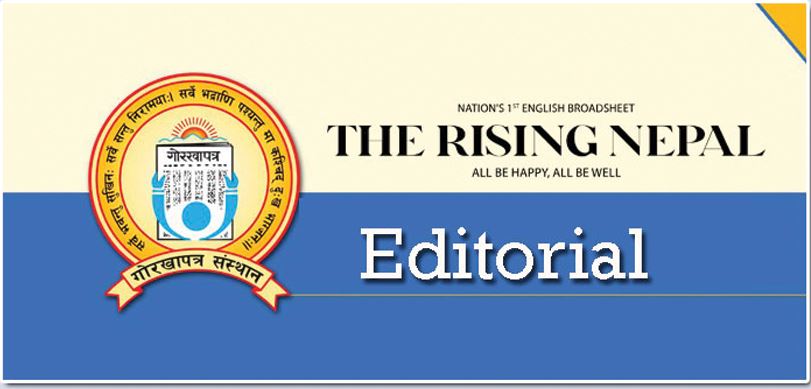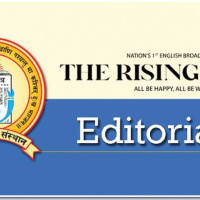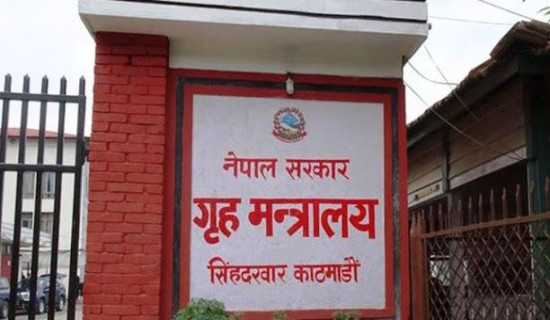- Sunday, 7 December 2025
Bright Economic Outlook
Despite challenges, Nepal's economy has continued its relentless march towards recovery and growth, as suggested by Nepal Rastra Bank's report titled 'Current Macroeconomic and Financial Situation', published on Tuesday. Almost all major economic indicators have turned sanguine. Perhaps the most notable of all is cooling of inflation to 4.82 per cent in mid-October this year from the averaged high of around 8 per cent in 2022. This is significant because inflationary pressure, unlike most others, has a direct bearing on every individual's life – and every day.
When prices of daily necessities go through the roof, people have no option but to cut back on their consumption, sending ripples through the entire economy. Persistently high inflation not only erodes purchasing power but has also been a recipe for spiraling violence and even change in government. This also shows how our economy follows the course of global economy. When global inflation soars, inflation here swiftly catches up; and when the former cools, so does the latter.
Another such indicator – remittance – has increased significantly. Needless to say, in a country where remittance constitutes a bulk of its GDP, its growth bodes well for the overall economy. Remittance inflows increased by 11.5 per cent to Rs. 407.31 billion (USD 3.04 billion) in the first four months of the current Fiscal Year (FY) 2024/25, up from about Rs. 370 billion (USD 2.76 billion) in the same period last year. During the four-month review period, the country has received the foreign direct investment (FDI) commitments worth Rs. 17.03 billion for 154 projects capable to create 7,667 jobs.
Likewise, based on the imports of three months of the current fiscal year, the foreign exchange reserves of the banking sector is sufficient to cover the prospective merchandise import of 17.6 months and merchandise and service imports of 14.6 months. These record-high figures can well portend ill for the economy. That's because they can be indicative of stagnant or even falling domestic investment and consumption – two requisites vital for propping up economy. The government has a duty to mobilise this fund to flood the market with money.
Similarly, the current account of the country remained at a surplus of Rs. 112 billion in mid-July to mid-November this year compared to a surplus of Rs. 59.65 billion in the same period last year. Likewise, net capital transfer amounted to Rs. 2 billion and foreign direct investment inflow (equity only) remained at Rs. 4.81 billion. Last year, these figures were Rs. 1.15 billion and Rs. 3.38 billion respectively. What's more, the balance of payments (BoP) remained at a surplus of Rs. 184.99 billion in the review period compared to a surplus of Rs. 101.66 billion in the same period last year.
Meanwhile, the government also needs to heed the call of the people in the private sector business community who say that Nepal's tax system should be linked with investment. As remarked by President of Nepal Chamber of Commerce (NCC) President Kamlesh Kumar Agrawal, during a meeting with Nepali Ambassador to India Shankar Sharma, if the tax administration and tax policy are made easy and simple, an investment-friendly environment will be created, and tax can be increased only if the private sector earns profit with the increase in investment. This voice rings true because the government cannot turn its back on the demands of the private sector, which accounts for over 80 per cent of the economy and whose contribution through tax is indispensable for the functioning of the state machineries.

















